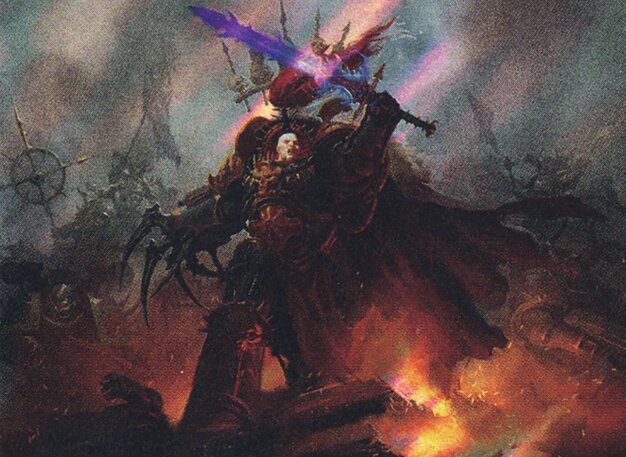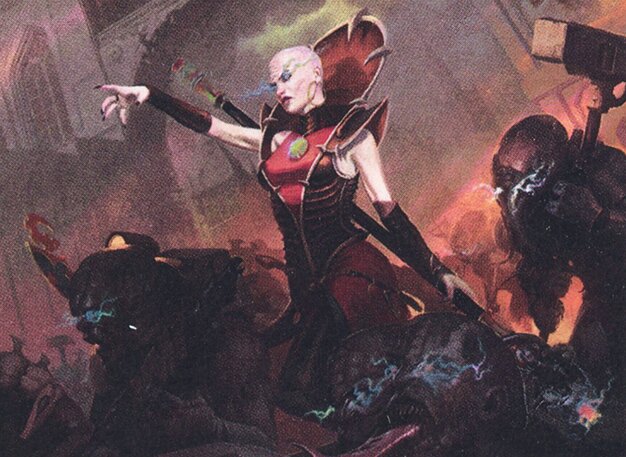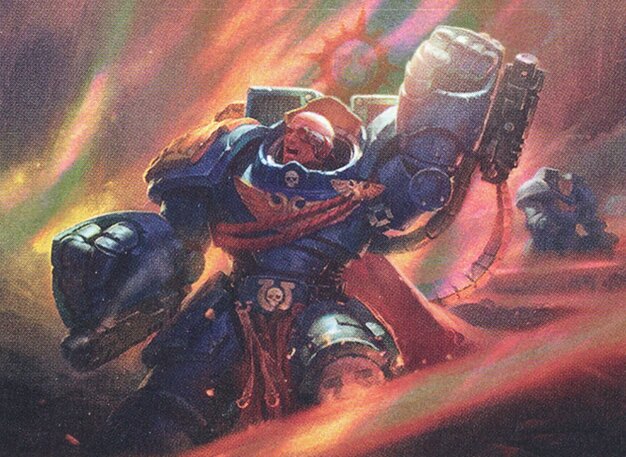Deck & Commander Strategies

Abaddon the Despoiler
Utilizes artifact recursion and milling to pressure opponents while returning key creatures from the graveyard to the battlefield, focusing on board presence and value through repeated creature deployment.

Magus Lucea Kane
Leverages spells-from-graveyard mechanics and incremental value generation by recurring instants and sorceries to outvalue opponents over time.

Szarekh, the Silent King
Mono-black deck focused on graveyard synergies with powerful artifact creatures and recursion effects to stabilize and dominate the board through life loss and creature advantage.

Marneus Calgar
Token generation and card draw through combat triggers, building board presence with vigilance tokens and leveraging double strike to apply pressure.
Gameplay Insights
- 1
Using Kryptek’s ability to return artifact creatures to the battlefield after they die was crucial for Abaddon’s deck to maintain board presence despite heavy removal.
- 2
Casting South Tech Immortal right after a board wipe maximized its +1/+1 counters, allowing Szarekh to regain board control quickly.
- 3
Marneus Calgar’s token generation combined with double strike created strong combat threats that pressured opponents and drew additional cards.
- 4
Players carefully timed attacks and removal to disrupt opponents’ key creatures and synergy pieces, highlighting the importance of tempo control in this multiplayer game.
- 5
Recurring spells from the graveyard by Magus Lucea Kane’s deck provided continuous value and resilience against other players’ aggression.
Notable Cards
-

Arcane Signet
-

New Horizons
Gameplay Summary
The game begins with players developing their mana bases and casting early ramp spells like Soul Ring and Arcane Signet.
Abaddon the Despoiler's Grixis deck took advantage of artifact recursion and milling abilities, using creatures like Kryptek to return artifact creatures from the graveyard to the battlefield.
Magus Lucea Kane's Simic deck focused on casting spells from the graveyard and generating incremental value via recursion effects.
Szarekh, the Silent King’s mono-black deck utilized graveyard synergies and powerful Necron-themed artifact creatures to stabilize and pressure opponents.
Marneus Calgar’s Esper deck generated tokens and card draw through combat and token production, aiming for board presence and card advantage. A key turning point occurred when a board wipe with a mass -3/-3 effect destroyed many creatures, but Szarekh capitalized on this by casting South Tech Immortal, which entered with multiple +1/+1 counters based on the number of creatures that died.
This shift allowed Szarekh to regain board control quickly.
Throughout the game, players traded resources and attacked strategically, with Abaddon’s deck using mill triggers and artifact recursion to maintain pressure.
The game was marked by several combat interactions and the use of recursion cards that allowed players to return critical creatures from the graveyard.
The gameplay showcased the synergy between graveyard recursion, token generation, and artifact-based strategies.
The match was dynamic, with a strong emphasis on maintaining tempo and leveraging each commander’s unique abilities to gain incremental advantages.



















![Warhammer 40,000 Upgraded [Commander VS 313] | Magic: the Gathering Commander Gameplay thumbnail](https://i.ytimg.com/vi/C5lxkOuAUw0/sddefault.jpg)
![Warhammer 40k Commander decks [Commander VS 309] | Magic: the Gathering Commander Gameplay thumbnail](https://i.ytimg.com/vi/HZ99iaWk-Tk/sddefault.jpg)










![Be'lakor vs Marneus Calgar vs Anrakyr vs Lucea [EDH/Commander, Magic The Gathering Gameplay 2022] thumbnail](https://i.ytimg.com/vi/yB5H9ibZMcM/sddefault.jpg)





